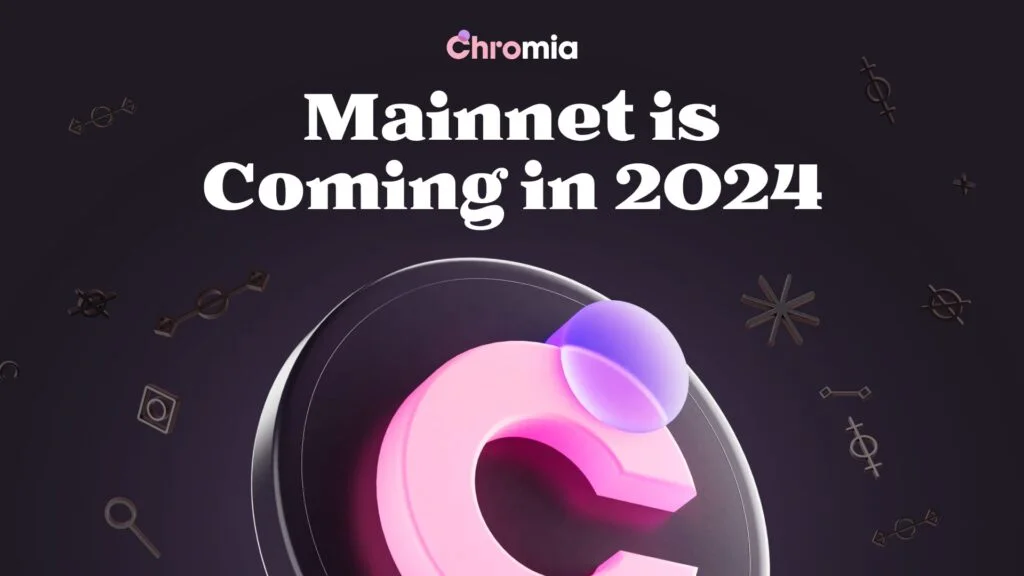Chromia, a relational blockchain platform, is gearing up to launch its mainnet 1.0 in 2024. The event marks a significant breakthrough for the blockchain industry, as it promises to deliver more powerful, user-friendly, and scalable dApps. Here is what you need to know about this upcoming milestone.

Chromia mainnet 1.0 is the final version of Chromia’s blockchain network, which will be open to the public and ready for mass adoption.
The mainnet will enable developers and users to create and use dApps that leverage the unique features of Chromia, such as its relational database model, flexible programming language, and decentralized governance.
The launch of Chromia mainnet 1.0 is important for several reasons:
- It will showcase the potential of Chromia’s technology, which combines the best of both worlds: the security, transparency, and immutability of blockchain and the functionality, efficiency, and usability of relational databases.
- It will demonstrate the viability of Chromia’s vision to empower users and developers to build dApps that can address real-world problems and needs.
- It will also set a new standard for the blockchain industry, as it will offer a more advanced, practical, and adaptable platform than the current alternatives.
Chromia is different from other blockchain platforms in several ways. One of the main differences is that Chromia is a relational blockchain, meaning that it stores data in tables that can be queried and manipulated using SQL-like commands.
This makes it easier for developers to work with complex data structures and logic and for users to access and analyze the data.
Another difference is that Chromia is a platform-agnostic blockchain, meaning that it can interoperate with other blockchains and systems, such as Ethereum, Bitcoin, and the Web. This makes it more versatile and compatible with various use cases and applications.
A third difference is that Chromia is a self-governing blockchain, meaning that it allows users and developers to participate in the decision-making process and influence the direction of the platform. This makes it more democratic and responsive to the needs and preferences of the community.
Before the launch of Chromia mainnet 1.0, Chromia has planned a series of steps to ensure the quality and readiness of the platform.
The first step is to run all the necessary features on a public testnet, allowing developers and users to test and evaluate the platform in a controlled environment.
The second step is to conduct an open beta test to provide a wider user base with access to the platform and collect valuable feedback and insights.
This launch signals a new era in dApp development, paving the way for future innovations in the field.
